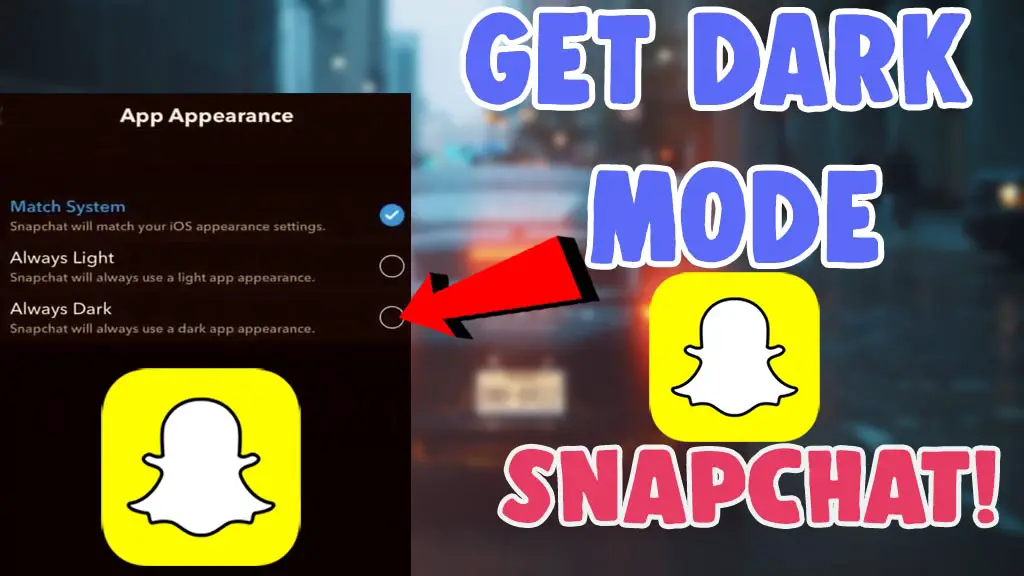
Suspicious that this haul might have been repurposed from an earlier data exposure, Fortune cross-referenced its contents with a leak of Snapchat user data that occurred more than three years ago.

The dataset on Ghostbin contained more than 4,000 rows of entries, each displaying what appeared to be usernames and phone numbers (where the last two digits were blurred out) for people based only in the United States far fewer than the 1.7 million compromised accounts originally claimed. Get Data Sheet, Fortune ’s technology newsletter. ( Dark web sites, in contrast, often manifest as Tor hidden services, encrypted web addresses that require special software, like the Tor browser, to access them.)

Hackers (for lack of a better term) have a habit of hyping claims and playing the media to advance their own agendas.Īccording to the original report, the alleged hackers published stolen information “on the darknet.” In reality, the only dump Fortune could locate appeared on Ghostbin, an open source text storage site that exists on the deep web, where search engines do not index the contents of webpages. As expected, some digging revealed the claims were likely to be false and misleading, which is hardly a surprise. The report has since been trotted out elsewhere, including by Newsweek and others.įortune decided to take a look at the supposedly leaked data to see whether the alleged hackers’ claims had any basis in fact.

News spread further when the Daily Mail, a British tabloid newspaper that has a joint-publishing business relationship with the India Today Group, syndicated the story. The rumor mill started churning after a reporter at India Today, an India-centric news site, picked up the claims of a breach by an unidentified hacker group.


 0 kommentar(er)
0 kommentar(er)
